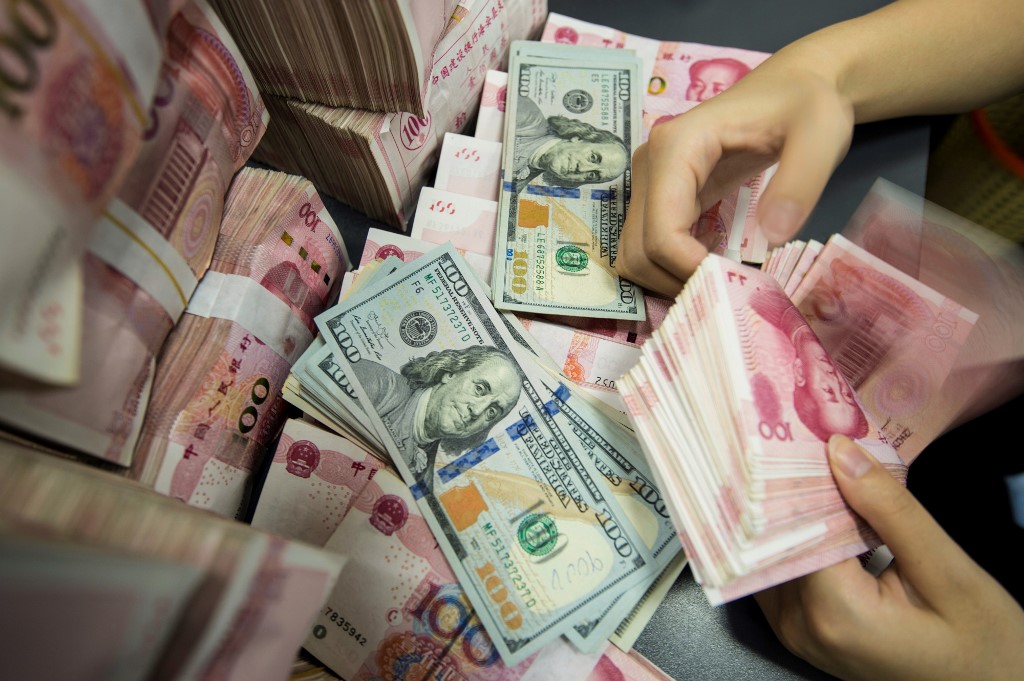(ATF) The Chinese yuan inched up against a weaker dollar on Wednesday (March 3), with market sentiment gradually recovering from a top banking regulator’s comments made a day earlier about managing capital inflows.
Prior to trading, the People’s Bank of China set central parity of the yuan against the US dollar at 6.4565, an increase of 60 basis points (0.1% firmer) from the previous trading day’s fix of 6.4625.
In the spot market, onshore yuan opened at 6.4669 per dollar and was changing hands at 6.4647 at midday, 63 pips firmer than the previous late session close.
On Tuesday, the banking and insurance regulator said it was “very worried” about the risk of bubbles bursting in foreign markets.
Traders said investors had shifted their attention to the National People’s Congress – the annual meeting of parliament – later this week for more policy signals.
“We think a strong economic recovery may encourage policymakers to continue the efforts on reining in asset price bubbles and strengthening disciplines in the financial markets,” said Qu Hongbin, chief China economist at HSBC in Hong Kong.
“We expect neither hikes nor cuts to policy rates and the reserve requirement ratio in 2021. In our view, the PBoC is likely to focus on maintaining stable financing costs for the real economy to support a more sustainable and balanced growth recovery in 2021.”
China will announce goals for 2021 as well as its next five-year plan for economic development at the annual gathering of parliament which begins on Friday March 5.
Traders said Chinese financial markets usually stay stable before and during top economic and political events.
Yield gap smaller ‘but still attractive’
The yield gap between China and the United States has shrunk since a spike in US yields last month, but the premium remained high enough and attractive to foreign investors to draw in capital flows to support the yuan this year, traders said.
“The narrowing in China-US yield differential reflects the time and speed difference in the outbreak and transmission of the coronavirus between China and the US,” Xing Zhaopeng, a markets economist at ANZ in Shanghai, said.
Xing said he still saw room for further inflows this year despite lingering challenges in a post-pandemic environment.
The gap between China’s benchmark 10-year government bonds and their US counterpart now stands at 185 basis points, down from 230 basis points at the start of this year.
In global markets, the safe-haven US dollar remained broadly weaker as Treasury yields continued to retreat, restoring some calm to global markets and reigniting demand for riskier assets.
The global dollar index traded at 90.82 by midday, while the offshore yuan was trading at 6.469 per dollar.
Also, in the morning, the median exchange rate of the National Bank of Vietnam’s VND against the US dollar was reported at 23,161, a decrease of 10 VND from the previous trading day.
In case of exchange-rate fluctuations of +/-3%, the upper limit of the exchange-rate of the dollar to the dong today was 23,855, and the lower limit 22,466.
In various commercial banks, the US dollar exchange rate remained stable this morning, while the yuan exchange rate rose slightly.
On the night of March 2, international gold prices rose after falling for five consecutive days.
With reporting by Reuters
























